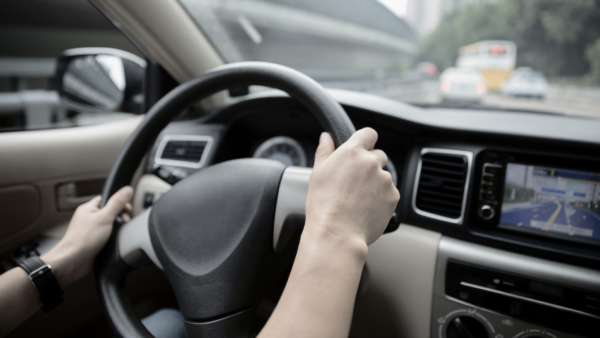
The fuel card – what is it and who can use it?
The fuel card is a solution often used by companies that have their own fleet of vehicles. It is useful in terms of both passenger which is why the fuel card is a must-have cars for sales representatives and trucks used for transport. In this text you will find out how the fuel card works and what benefits it brings to businesses.
Table of contents
What is the fuel card?
The fuel card is a tool used for making cashless payments within a specific chain of service stations. While the name may imply it is limited to payments for fuel, in reality it offers more than that. It all depends on the operator and the offer you take advantage of. The larger the fleet of vehicles you have, the greater the discounts you can receive.
The fuel card looks like an ordinary credit card. However, it can only be used to pay for certain types of goods at a limited number of gas stations. Fuel cards are very popular among transport companies and representatives of other sectors of the economy, who have a relatively greater demand for gasoline. They facilitate account settlements, make it easier to control expenses and save time and energy. Some fuel cards also allow you to pay for highway tolls or ferry crossings. How does this look like in practice?
How does the fuel card work?
Fuel cards are usually assigned to a specific person by name and surname. The company car is used by employees who were previously assigned to it. However, business operations and companies differ from each other in terms of organizational structure, transport logistics, employee rotation or even work methodology. Therefore, the following fuel cards are available on the market:
- personal – issued for a specific person
- on the vehicle registration number – limited to one car
- bearer – the most universal, available to any employee
Paying with fuel cards is very easy. All you need to do is go to the cash register with your card, enter your PIN number, enter the engine mileage and receive a confirmation. It is therefore similar to traditional cashless payments. Some operators also provide mobile applications based on NFC technology, thanks to which fuel cards can be transferred to the phone. The employer and the cardholder can block it, set transaction limits, or even monitor expenses on an ongoing basis.
Where can I pay with the fuel card?
The fuel card is a common tool used by companies around the world. However, what it covers depends on the specific offer. The popular DKV Card allows you to pay at nearly 100,000 points in Europe, such as:
- service stations
- highways
- tunnels
- bridges
- secure parking
- ferries
- car repair shops
- car washes
- electric vehicle charging stations
How do I pay for the fuel card?
There are two systems for paying for the fuel card. Payments are made in advance or with a deferred payment date. Some people prefer to make a collective payment once a month, while others prefer to set the top-up amount in advance. Each solution has its advantages and disadvantages. Fuel cards with deferred payment terms provide greater convenience in everyday use. Drivers do not have to worry about not having enough funds on their account. Conversely, this type of billing is more difficult to control. Even if transaction limits are imposed, you have to take into account the snowball effect, i.e. the amount to be settled increases with each subsequent refuelling of the car.
The prepaid fuel card
The second option is prepaid fuel cards, which function similarly to bank accounts and “prepaid” phones. In order for the prepaid fuel card to work during the transaction, it must be topped up in advance. In this variant, the driver can pay for fuel, buy operating fluids, or even use a car wash, while being limited to the funds available on the card.
The driver is not able to exceed the amount imposed in advance, which enables better control of incurred expenses. On the other hand, various random events may generate larger, unexpected expenses. Therefore, when deciding on prepaid fuel cards, it is worth adding more funds than the projected expenses or providing adequate support in emergency situations.
Who can have a fuel card?
The fuel card is a tool addressed to companies. One of the conditions for applying for this method of payment is documented financial stability. To obtain a fuel card, you must have an NIP and REGON number. You also have to provide an updated excerpt from the National Court Register, an opinion from the bank in which the company holds its account, along with all the relevant Tax Office and ZUS certificates.
Gas stations create their offers in such a way that a fuel card can be obtained by virtually every business which owns a car. Of course, the “mikroflota” card for small businesses will provide smaller discounts on fuel, but has lower financial requirements. There are also special fuel cards for farmers, but they cannot deduct VAT.
The fuel card and invoicing company expenses
Companies can have large vehicle fleets, up to several hundred cars. Invoicing each individual payment at a service station involves a lot of work for the accounting department.
The fuel card improves both the fuelling process and the subsequent invoicing of expenses in the company. At the end of the billing period (usually 1 month), one collective invoice is issued, covering all the payments made using the fuel card. Less formalities, lower fuel prices and easier account settlements are just some of the advantages of the fuel card. For transport and shipping companies that are looking to lower fuel prices, the fuel card is a must-have.



